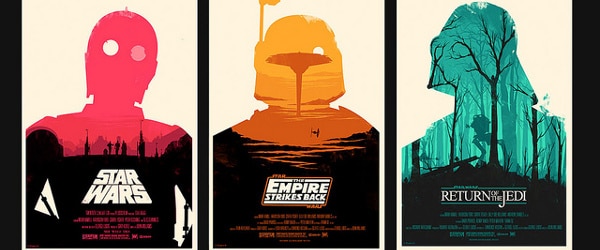The Do’s and Don’ts of Making and Presenting a Scientific Poster

At a conference, a poster can be a great tool for drawing people into conversation. Not only do you have something to break the ice with, you can also get really useful feedback from a completely different perspective! To make sure you get the most out of your poster time it’s important to have a well put together poster that’s easy to read and, more importantly, easy to give feedback on – here are a few of my top do’s and don’ts for creating a scientific poster!
✔Use a programme that is designed for it!
Many people use PowerPoint because they already have it, know how to use it, have a template from that other person in their lab, etc. – but there are many other programmes out there that are specifically for design layout which will give you better results if you’re willing to invest a little time in learning how to use them e.g. LaTeX or PosterGenius®.
✔ Do: Keep it simple!
A poster is basically an illustrated abstract, you want to show off the highlights of your research; pick a few key figures and make sure they’re clearly explained. A few other tips on content can be found here.
✔Do: Keep it big!
People shouldn’t need a magnifying glass to read your poster, so make sure to stick with a nice large font size: minimum size 14!
✗Don’t: Try to cram too much in!
A cluttered poster is a nightmare to look at, you don’t want people to skip over viewing your poster because it looks like it will give them a headache! Make sure you’re poster is clear, concise and easy to follow.
✔Do: Use legible fonts!
For your body text, use a serif font, such as Cambria, as these are easier to read when they are small. For your main headings and sub-headings, a non-serif font such as Calibri is fine.
✔Do: Use colour (sparingly)!
You want to make your poster as inviting as possible – no-one wants to spend their tea break looking over a boring, drab black and white poster!
✗Don’t: Pick extremely bright colours!
While you want to have some colour in there to keep your poster looking pretty, don’t go over the top with it! A hot pink poster might seem like a great idea way to stand out, and it might even look fantastic on your computer screen but when it’s printed out A0 it can be a whole other story! Very bright colours or mixtures of bold colours can be painful to look at, stick with light neutral tones and have plenty of white space!
✔Do: Print a tester version!
Sometimes everything looks absolutely fine on your computer screen, but when it’s printed, colours might look brighter and things might move about a bit! It’s better to find these things out before you go to the A0 printer, so make sure to print an A3 or A4 test page – you’ll find it much easier to spot mistakes on a hard copy than on your computer screen! It’s also a good idea at this point to hand your tester over to a friend or colleague to see if they can spot any mistakes you might have missed.
✗Don’t: Forget to practice!
Just because a poster is a smaller commitment than a talk doesn’t mean you shouldn’t put plenty of time into preparing for it – practice, practice, practice!!
✔Do: Run through it with a friend!
Make sure you’re 100% comfortable talking your way through the entire poster from start to finish, but also from any point in the middle – people might want to take a look at it themselves and only ask you questions when they get to a part they don’t understand, so be ready to jump in from any point! You can find tips on surviving a poster session here.
✗Don’t: Abandon it!
Generally poster sessions are held during lunch or tea breaks, and while it’s tempting to go check out the free food, don’t abandon your poster for it; you could end up missing out on great feedback or helpful suggestions!
✔Do: Commit to your session!
Be available at or near your poster at all times during your session, you never know who might stop to read it!
What are your do’s and don’ts for poster making? Let us know in the comments!
2 Comments
Leave a Comment
You must be logged in to post a comment.
This is very nice piece of advise for poster presenters. I have also got to learn a few things. Here I want to ask one thing. I have presented poster twice and made it in light color background with dark (or black) writing. However, one of my colleagues showed me guidelines for poster which stated that it should contain dark background (he had used dark blue/purple) and light color writing (white in his case). Can you share your thoughts on it?
Don’t do it! The light on dark can make it difficult to read. This is just my opinion, though. 🙂